One of the more dangerous aspects of surfing, especially to new surfers, is rip currents.
When a new surfer or someone who does not understand the way the ocean works gets stuck in a rip current it can become life-threatening.
However, rip currents can be a blessing to a seasoned surfer.
Surfers use rip currents to easily make their way past the break and into the backline with little effort.
Understanding how to use a rip current can save you an incredible amount of energy, especially when surfing in large surf, but can also leave you in a heap of trouble if you do not know what you are doing.
- What Are Rip Currents?
- What Causes a Rip Current?
- Why Do Surfers Like Rip Currents?
- Aren’t Rip Currents Generally Considered Dangerous?
- Are Rip Currents Dangerous for Surfers?
- Do All Surfers Use Rip Currents to Their Advantage?
- Should I Actively Look For and Utilize Rip Currents for Paddling Out?
- How Can I Spot a Rip Current?
- What Do You Do in Rip Current When Surfing?
- Conclusion
- You Might Also Like…
What Are Rip Currents?
Rip currents, otherwise inaccurately known as riptides, are strong localized currents that move from the shore directly out towards the open sea.
Rip currents generally have a strong pull which makes them near impossible to swim against.
Unlike an undertow, rip currents are strongest at the surface of the water and begin to diminish as you move deeper under the sea.
Rip currents form narrow channels of rushing water that break through incoming waves and move out into the ocean.
What’s the difference between rip currents and rip tides?
Rip currents and riptides both refer to the same thing. However, calling a rip current a riptide is inaccurate.
A tide refers to the rising and falling of sea level, which usually occurs approximately twice a day.
A current on the other hand is defined as a body of water moving in a definite direction, especially through a surrounding body of water.
What Causes a Rip Current?
To understand how a rip current works, it is necessary to have a basic understanding of how waves work.
Generated primarily by wind energy, swell begins to move along the surface of the ocean.
This energy is passed from one water molecule to the next (the actual water doesn’t move forward, it just passes on its energy).
Looking at the above example of a slinky, imagine that each band of the slinky is a single water particle.
The bands do not move along the line, but rather they transfer their energy to the next band which in turn moves either up or down.
This is known as a transverse wave.
As the waveform makes its way towards the beach it gradually moves up the incline of the shoreline.
As the wave moves towards the shore it loses energy, and eventually crashes due to the steep incline, or moves slowly until it has exhausted all its energy.
When this happens the water that was pushed up the beach stops moving and begins to slide back down the hill towards its original position.
In normal cases, this backwash is not very strong and will not pull you far out to see as the incoming energy is of similar power to that of the back-washing water and the energy is distributed along the coast.
This, however, is different when it comes to rip currents.
When there is a break in a sandbank or a channel of rocks, this backwash energy is concentrated within the narrow channel (water will always take the easiest path).
Because the entire energy of the wave is moving through this narrow area the force is significantly stronger.
To explain in short, the oncoming wave has enough energy to push over the sandbank and into the basin, but the water rushing out does not and therefore washes through any break in the sandbank wall.
Why Do Surfers Like Rip Currents?
The truth is not all surfers like rip currents, but it is usually only those new to the extreme sport that have a negative point of view on them.
This is only because of a lack of knowledge of how rip currents work and how to use them.
For the most part, rip currents are a gift to surfers and when used properly can make your surf much easier.
The reason that most surfers like rip currents is simple: they make getting past the break easier, faster, and require less energy.
As the outgoing energy in a rip channel is stronger than the oncoming waves, and there is no bank for the waves to break over, rip currents have much smaller or even no waves.
This makes paddling through larger swells easier.
Furthermore, because the current pulls out towards the back of the break, very little paddling is needed.
This is perfect for a surfer as when the current makes it past the sand bar, the channel opens out and the current is distributed.
Therefore, the rip dies out and you will be left right behind the waves (the perfect place to wait for the next set).
You can think of this as a conveyor belt for surfers to the back of the waves.
Aren’t Rip Currents Generally Considered Dangerous?
Rip currents are generally considered dangerous, but this is because people do not know how to spot them or what to do if they are caught in one.
According to US Today, the U.S Lifesaving Association reports more than 100 deaths per year due to rip currents, and a further 30,000 people are rescued from rips yearly.
Are Rip Currents Dangerous for Surfers?
Although it is mostly swimmers that end up in danger by being caught in rips, to an untrained surfer the dangers can be the same.
One advantage that you as a surfer has is your surfboard.
It is usually exhaustion that leads to swimmers drowning, while if you have a board you can simply lie on it, relax, and wait for the rip to pull you out far enough for it to subside.
Do All Surfers Use Rip Currents to Their Advantage?
Not all surfers use rip currents. This is partly because not all surfers know how they work or how to use them.
Other reasons why surfers may not use a rip current is that there is not one available at their local surf spot, or the rip is too far away from the break that it makes no sense to use it.
It should also be noted that in some cases a rip current will not be an advantage.
Rip currents do not always pull surfers in a direct line to the back of the waves.
Some rips channel off into various directions which makes them messy and not ideal to travel in.
Should I Actively Look For and Utilize Rip Currents for Paddling Out?
You should always look out for rip currents before entering the ocean.
Rip currents are the biggest cause of death for people spending time in the ocean.
Before any surf you should always spend some time on the beach watching the waves, seeing how the break works, where others are paddling out, and where they are sitting.
Although rip currents do not need to be dangerous if you know how they work, panicking when caught in an unexpected rip could leave you without the energy to get back to shore.
It is common to see surfers running down to the water and seemingly dive in without a second look.
Although surfers do this, they have likely spent time on the beach or the parking lot analyzing the situation first, and you should always do the same.
How Can I Spot a Rip Current?
Spotting a rip current with an untrained eye can be difficult, which could be a contribution to the number of drownings due to swimmers caught in them.
It is possible to locate rips with GPS equipment, but since most of us do not have access to this, our eyes are our best bet.
When trying to spot a rip, try and find some higher ground that allows you to look down on the ocean and keep your eyes out for the following:
- Deep, darker colored water: As water rushes through the same spot constantly it digs a deeper channel, this is why the water in a rip seems darker than its surroundings.
- Fewer breaking waves: Because the water is deeper, areas of a rip current will have fewer breaking waves within them in comparison to the surrounding areas.
If you keep a watch for lines or channels where waves do not seem to be breaking then it is a good indication that there is a rip.
- Ripples on the ocean surface: As waves and currents travel in different directions they cause inconsistency in the surface of the ocean.
Because of the nature of a wave, constructive and destructive interference occur and form leaving a rippled effect along rip channels.
- Seaweed and cloudy, sandy water: Turned up sand and sediment in a channel indicates that the ocean floor is being aggressively pulled back.
This is usually only evident in shallow water as a rip current dies out as water gets deeper.
What Do You Do in Rip Current When Surfing?
Most surfers end up in a rip current by choice, this is because they want to use it to their advantage.
When surfers choose to use a rip current they simply enter the current and slowly paddle out past the waves.
Because the current pulls them along, very little effort is needed.
It is likely the most you will need to do is direct yourself and give a few small half-hearted strokes.
How Do You Get Out of a Rip Current While Surfing?
You have two options when trying to get out of a rip current, but the one thing you should never do is try to swim or paddle against it.
Attempting to paddle in the opposite direction as a rip will leave you exhausted and unable to continue.
Instead, you should let the current pull you out to sea.
Do not panic. As soon as you get past the sandbank, the current will weaken and you can swim to the side and out of it.
Alternatively, if you are not comfortable being pulled out, you should swim across the current.
As you do so, you will still find yourself moving out to sea, but once you have left the channel you will be able to turn around and make your way back to the shore.
When Should I Get Out of the Rip Current?
If you find yourself caught in a rip unexpectedly, it is a good idea to begin making your way out of it straight away.
Other times you should get out of a rip is if you find yourself being pulled towards rocks, a pier, or other dangerous objects such as a harbor wall.
That being said, if you have entered a rip on purpose, then simply ride it out until you reach the back of the breaking waves and the current dies out.
Conclusion
Rip currents can be dangerous and at times even fatal.
However, being used correctly, they can save you energy and aid you in getting to the backline quickly and with ease.
Always make sure to analyze the ocean before you enter it, keep an eye out for rips, and pay attention to what other surfers are doing.
If you think there is a rip but are not sure, it is best not to go surfing alone in case you run into a problem and there is no one around to help.
You Might Also Like…
-

Do Surfers Ride Switchfoot? 5 Benefits (& Why You Should Learn It)
-

Do Surfers Shave Their Legs? 5 Common Reasons (+Pros & Cons)
-

Do Surfers Wear Helmets? 8 Situations You Should Wear One (+4 Cons)
-

Do Surfers Poop in the Ocean? Myths & Facts (+5 Tips)
-
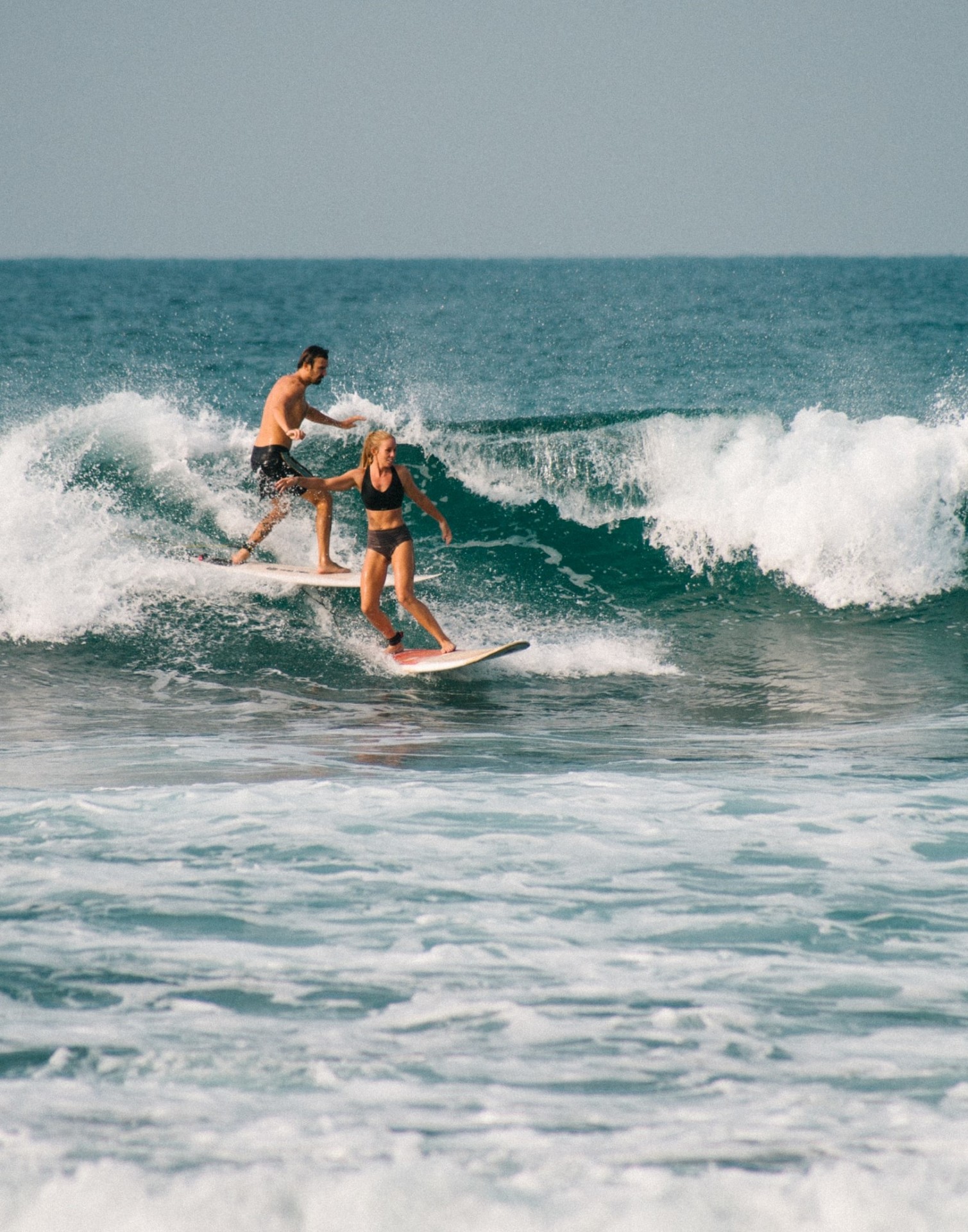
Do Surfers Run Into Each Other? 5 Common Reasons (+8 Tips)
-

Do Surfers Have Beards? Pros & Cons You Should Know (+4 Tips)
-
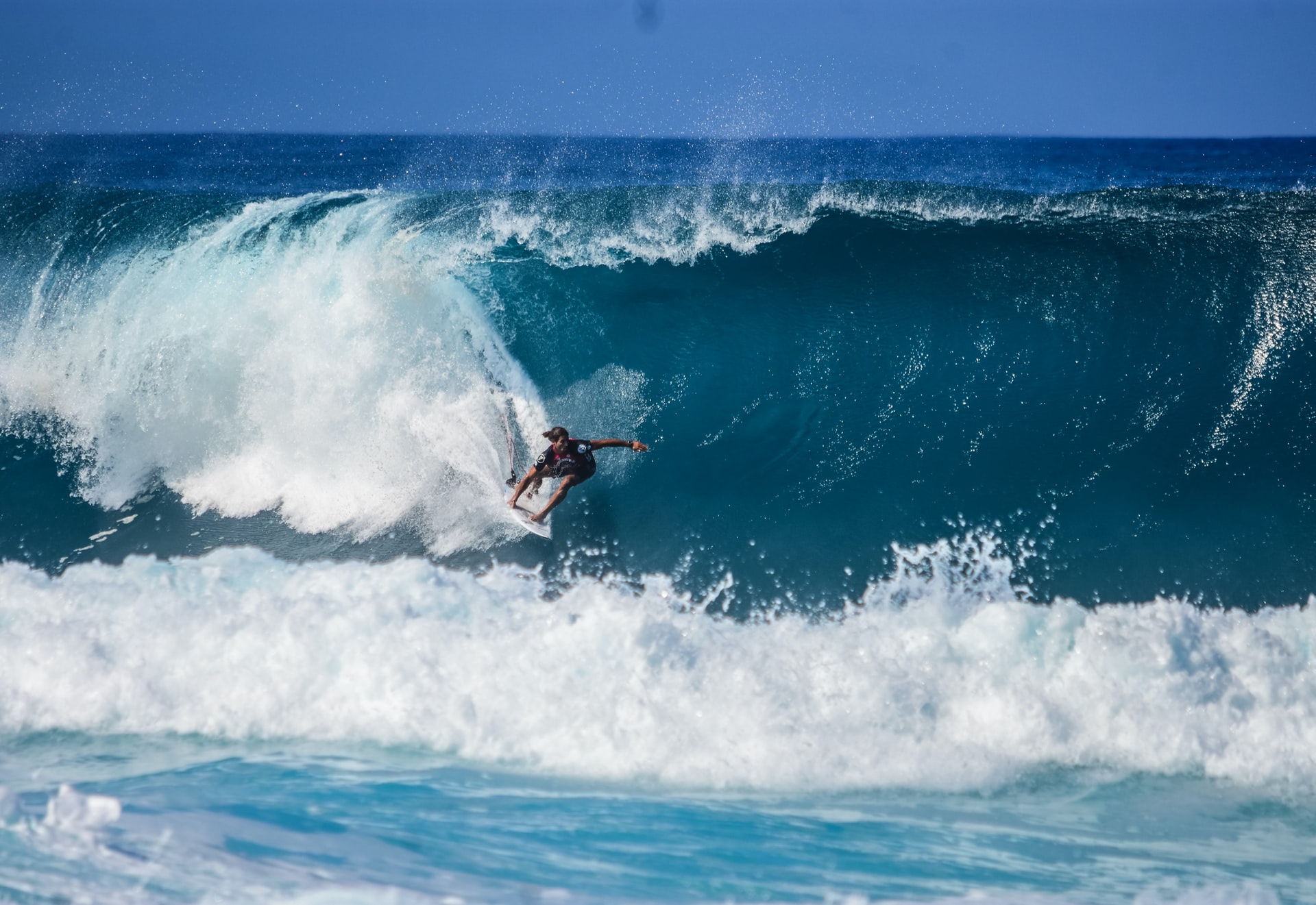
Do Surfers Like Constructive or Destructive Waves? (+Pros & Cons)
-
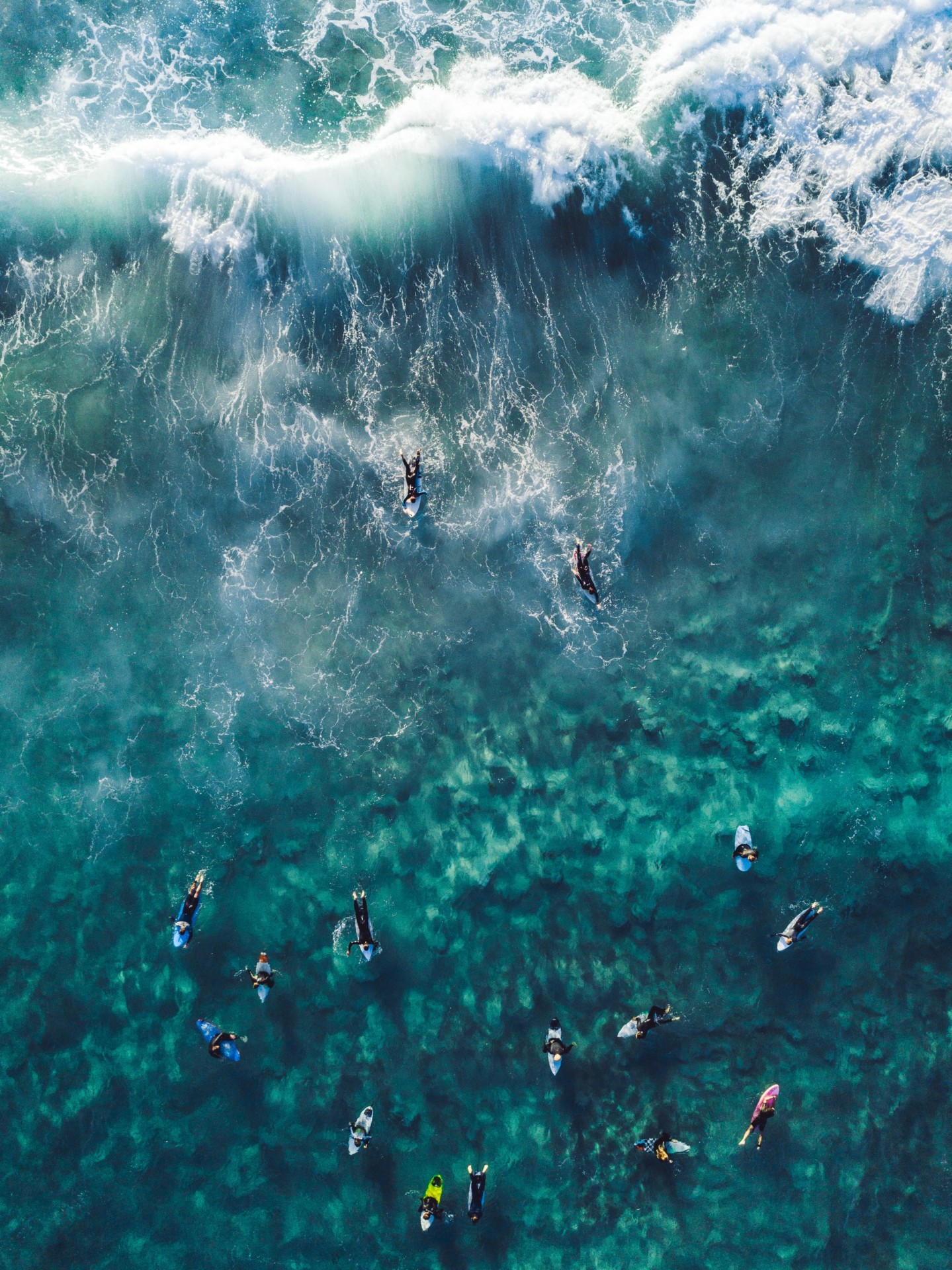
How to Surf Safely: 34 Crucial Tips (Every Surfer Should Know)
-

Do Pro Surfers Use Leashes? (+6 Reasons Why You Should Too)
-

Do Many Surfers Drown? Here Are the Facts (+4 Common Reasons)
-
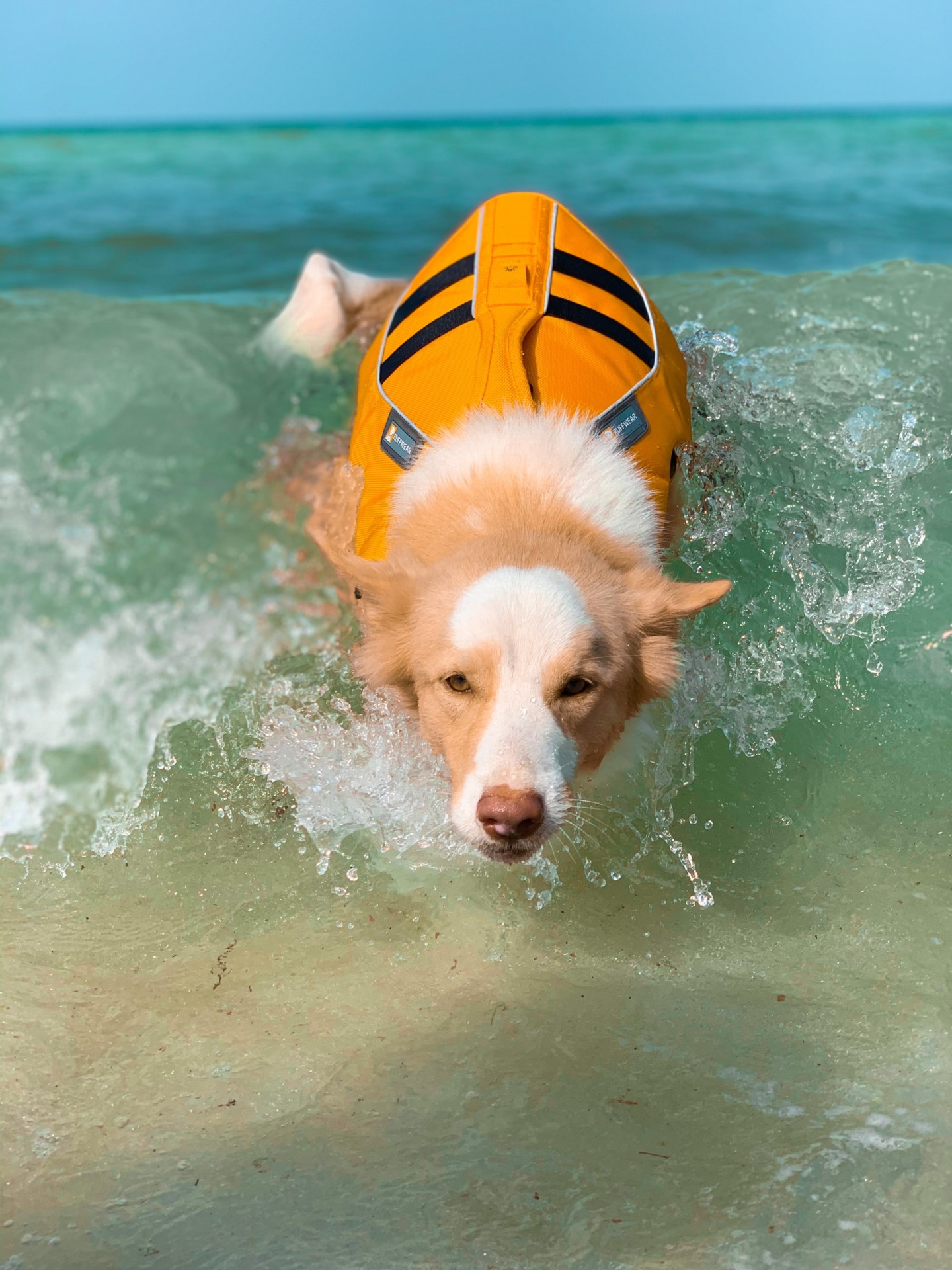
Do Surfers Wear Life Jackets? (7 Reasons Why They Don’t)
-
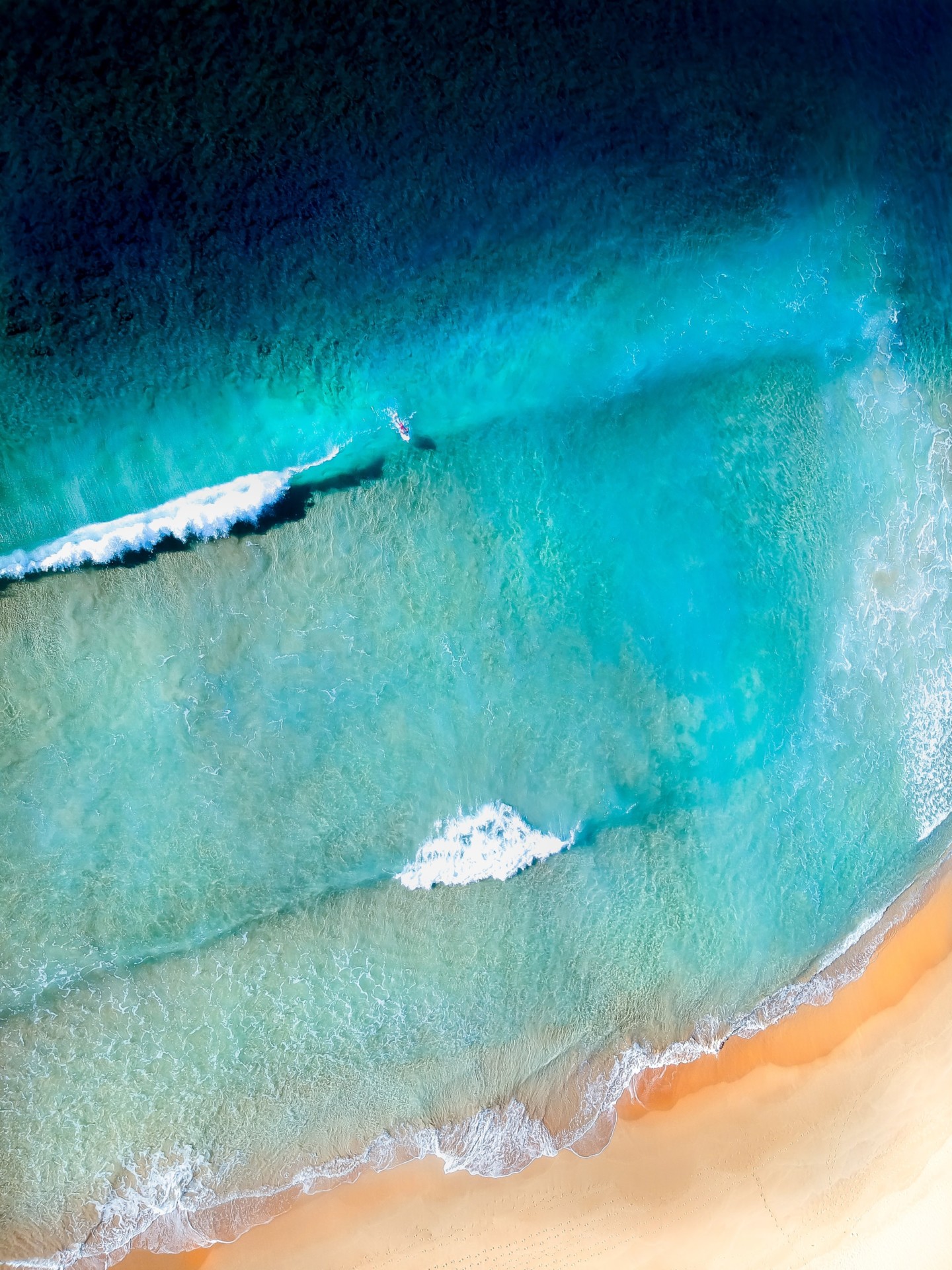
Do Surfers Like Rip Currents? (& How to Use Them Safely)







